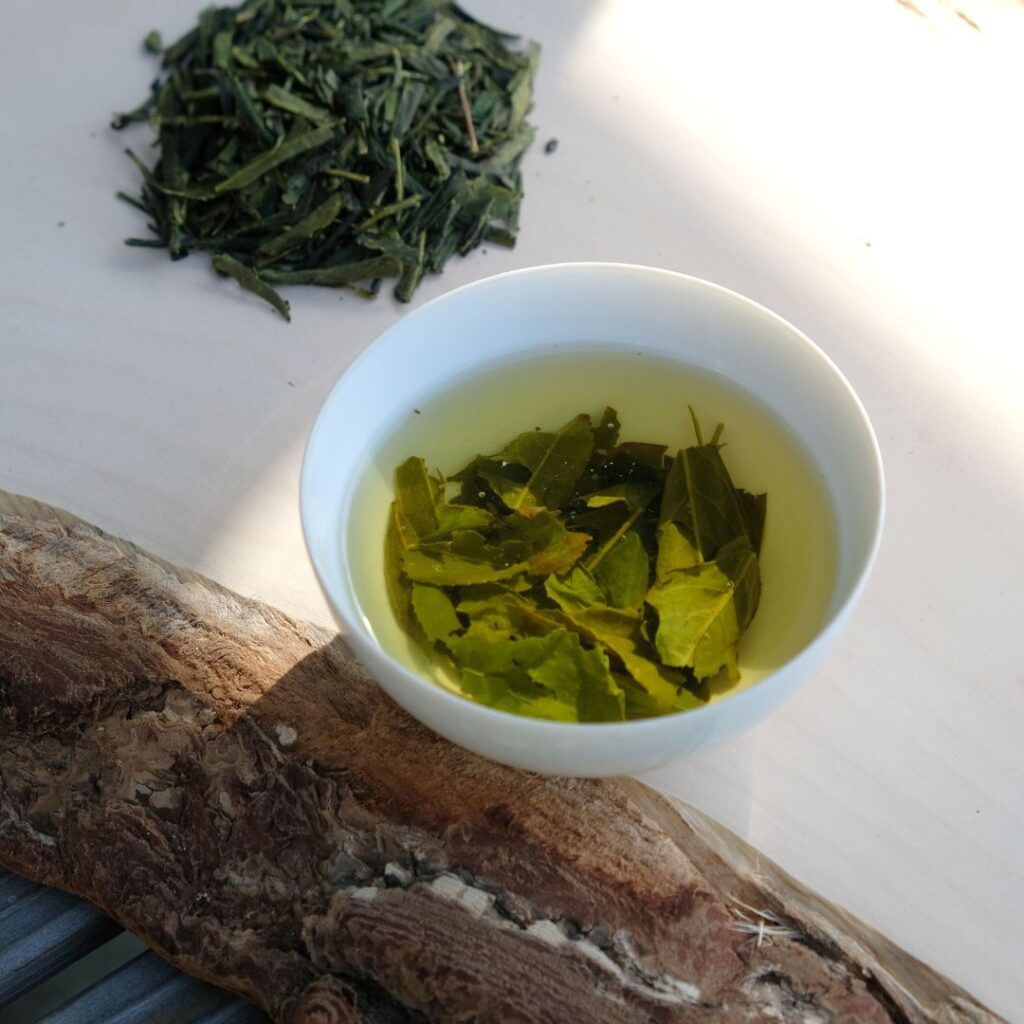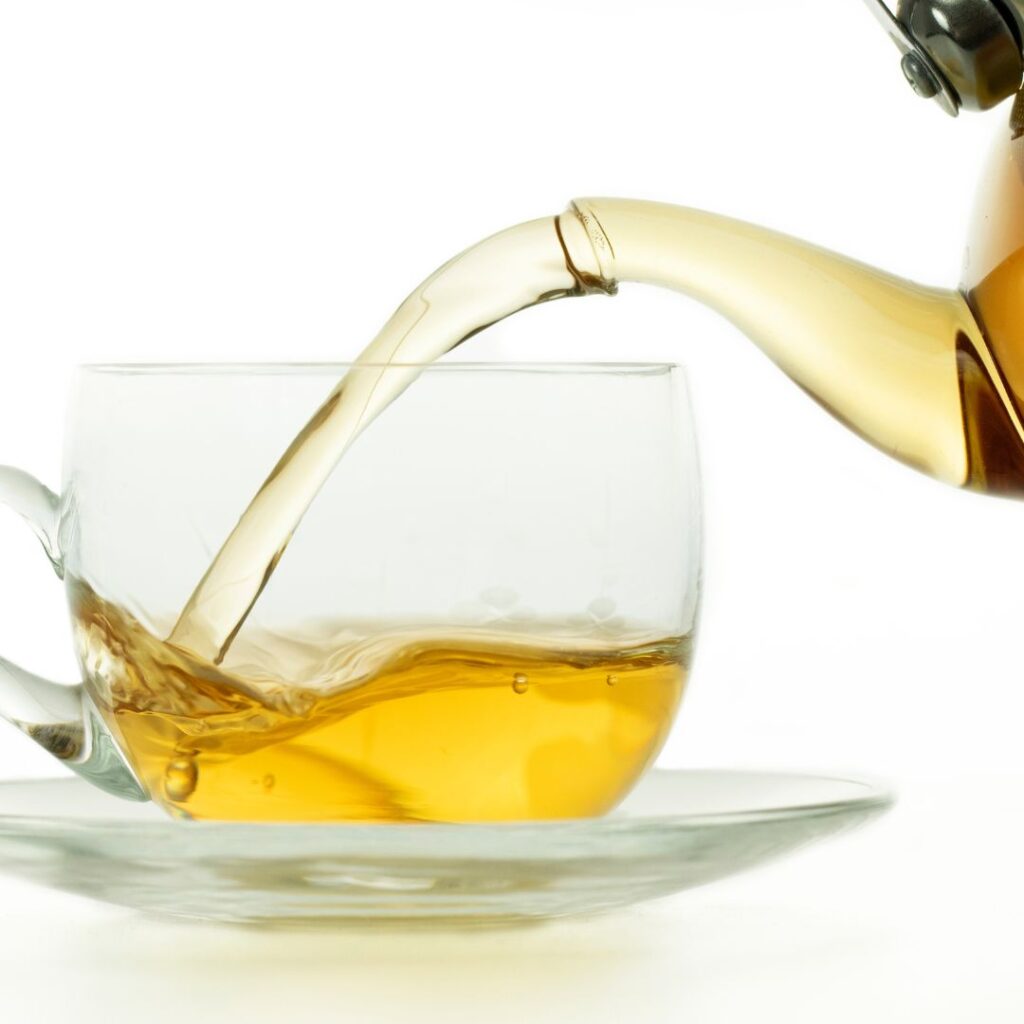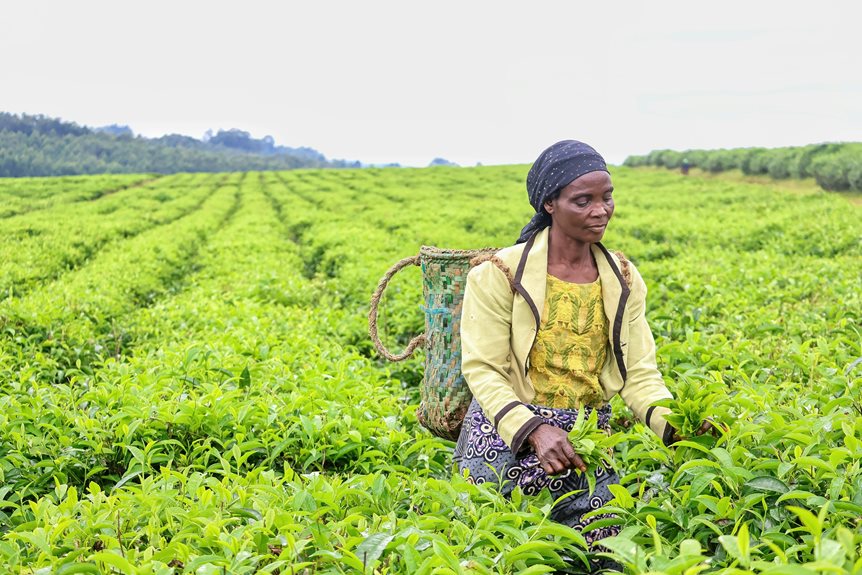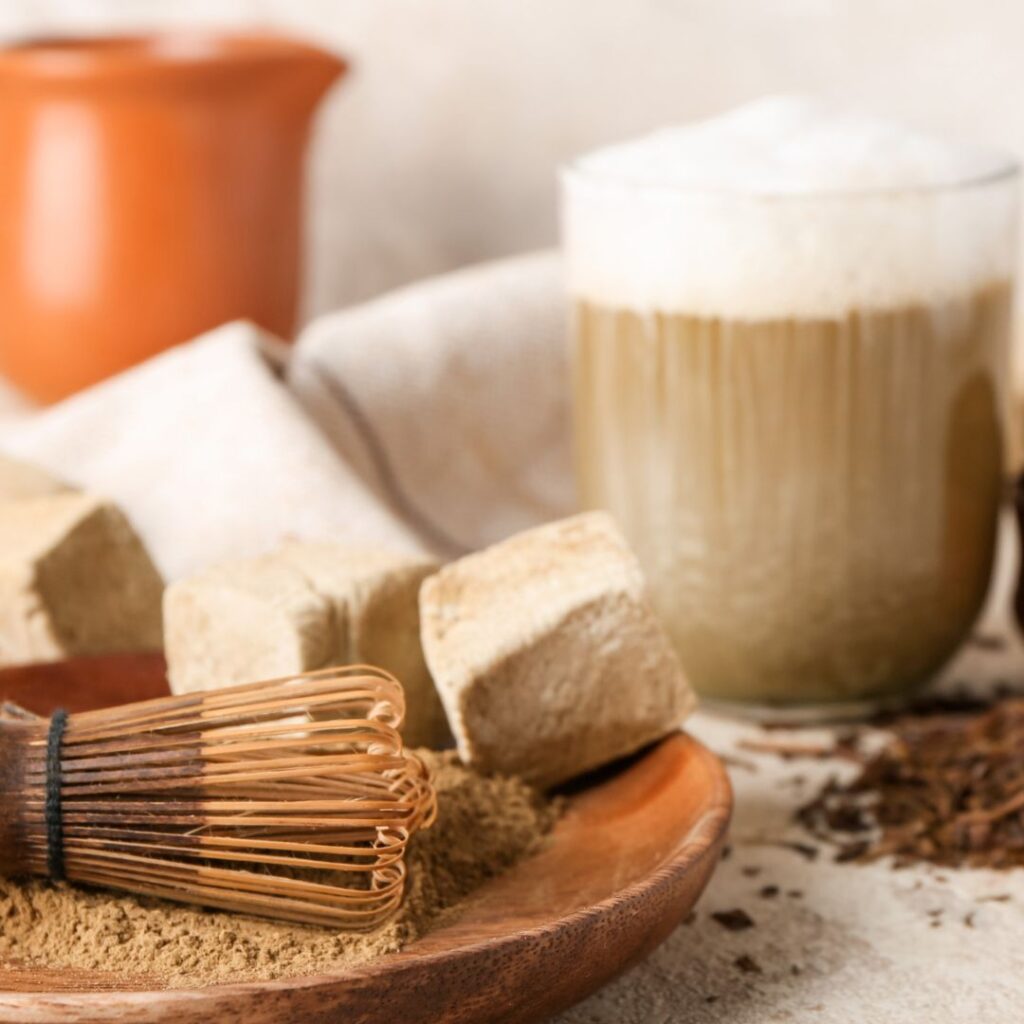Are you curious about how to make Bancha


Benefits of bancha
Discover the incredible benefits of bancha
First up, let’s talk digestion! Bancha
But that’s not all – bancha is your go-to for sustained energy. No more rollercoaster rides with your alertness; bancha keeps you steady and focused all day long.
And antioxidants? You betcha! Bancha is chock-full of these little warriors, ready to battle against free radicals and keep your body feeling youthful and vibrant. Say goodbye to pesky toxins and hello to glowing health!
Speaking of health, bancha is also your immune system’s best friend. With its antioxidant prowess, it’s like giving your immune system a superhero cape – ready to defend against whatever comes its way.
And let’s not forget about your heart! Studies suggest that bancha could be a secret weapon in the fight against heart disease, thanks to its ability to reduce inflammation and promote healthy blood flow.
Last but not least, bancha is the ultimate chill pill. Need to unwind after a long day? Grab a cup of bancha, kick back, and let the stress melt away. Its mild flavor and calming properties make it the perfect way to find your zen.
 Shizuoka's Finest Organic Bancha tea
Shizuoka's Finest Organic Bancha tea - Experience the pristine elegance of Shizuoka Bancha Loose Leaf Tea, sourced from the renowned fields of Shizuoka, Japan. This organic gem offers a refreshing and invigorating infusion, embodying the spirit of Japanese tea culture in every cup.
- Bancha green tea captures the essence of Shizuoka's revered tea traditions, delivering a crisp, verdant flavor with a whisper of sweetness, reminiscent of the region's breathtaking vistas.
- Crafted for those who appreciate the subtle artistry of Japanese teas, our Shizuoka Bancha is a gentle yet enriching brew, ideal for unwinding after a long day or savoring the simple pleasures of life.
- Enjoy our Bancha green tea hot for a soothing warmth or iced for a rejuvenating quench. Its light and airy flavor profile celebrates the freshness of spring, making every cup a revitalizing experience.
- Loose leaf bancha is designed to fit seamlessly into your daily routine, whether it's a cozy gathering with loved ones or a moment of solitary contemplation amidst nature.
Preparing Your Tea Equipment
Get ready to brew the perfect cup of bancha
Start with the right teapot – clay or porcelain is your best bet for flavor neutrality and heat retention. Avoid plastics or metals that can mess with the taste. Pick a size and shape that suits your
Cleanliness is key! Before each brew, give your teapot a gentle scrub with mild dish soap and warm water, making sure to rinse away all the suds. Skip the harsh chemicals and abrasive scrubbers to keep your pot looking and tasting its best. Let it air dry completely before storing or using.
Now and then, give your teapot a deep clean to banish any stubborn stains or mineral buildup.
Choose cups that complement your bancha experience – think porcelain, ceramic, or glass. Make sure they’re squeaky clean before pouring in that delicious
Measure out your
Water quality matters! Use filtered or spring water for the best flavor. Boil it up in a clean kettle or pot, bringing it to the perfect brewing temperature of 80-85°C (176-185°F).
Keep your gear in top shape by storing it properly when not in use. Make sure everything is bone dry to prevent any funky mold or mildew and stash it away in a cool, dry spot away from sun and moisture.
With these insider tips, you’ll be all set to brew up some seriously delicious bancha


How to Make Bancha Tea
Get ready to brew the perfect pot of bancha
- Heat the Water: Bring water to just below boiling, around 80°C to 85°C (176°F to 185°F). This temperature helps to extract the flavors without making the
tea bitter. - Add
Tea Leaves to Teapot: Place the Banchatea leaves into the teapot. If your teapot has a built-in strainer, you can put the leaves directly into the pot. Otherwise, you might prefer to use an externaltea strainer. - Steep the
Tea : Pour the hot water over thetea leaves and let them steep for about 30 seconds to 1 minute. Bancha leaves are larger and sturdier, so they need a little longer to infuse. - Pour and Serve: Carefully pour the
tea through a strainer into cups, making sure to evenly distribute thetea among the cups if serving more than one. - Enjoy: Bancha
tea can be enjoyed as is, or with a small addition of honey or lemon if preferred.
With these simple steps, you’ll be brewing up delicious bancha
Selecting the Right Bancha Tea Leaves
Choosing the perfect bancha
- Freshness is your best friend when it comes to bancha
tea . Look for leaves that are a vibrant green and emit a fresh, grassy aroma. Avoid anything that seems stale or lacks that lively scent – you want the good stuff that’s been recently harvested for peak flavor. - Pay attention to where your bancha
tea comes from. Seek out trusted suppliers or specialty stores known for their top-notch Japanese teas. Teas sourced from reputable farms or regions famous for theirtea production are your best bet for quality and taste. And if you can swing it, buying straight from the source – like at a farmers’ market or fromtea estates – gives you a direct line to the freshest picks. - Grade matters, even in the world of bancha. While it’s generally considered a lower grade compared to other Japanese green teas, there’s still a range to choose from. Higher-grade bancha boasts younger leaves and buds, resulting in a smoother, more delicate flavor. On the flip side, lower-grade options might have larger, more mature leaves and stems, lending a stronger, earthier taste. Pick the grade that matches your taste buds and desired tea experience.
- Let your taste buds lead the way. Experiment with different varieties and grades to find your perfect match. Some bancha teas lean towards grassy and vegetal flavors, while others might have nutty or roasted notes. Consider factors like sweetness, astringency, and mouthfeel as you sip and savor. Sampling a variety of options is the best way to discover your personal
tea nirvana.
With these tips in your back pocket, you’ll be well on your way to selecting bancha
Bancha tea use
et ready to make bancha
Let’s talk timing – you’ve got options! Kickstart your morning with a cup of bancha for a gentle wake-up call that won’t leave you jittery like coffee can. Need a little pick-me-up in the afternoon? Reach for bancha to keep you focused and energized without the crash. And when it’s time to wind down, sip on some bancha as part of your bedtime routine to relax and prep for a peaceful sleep.
Now, let’s customize the strength of your brew. Play around with steeping times – longer for a bold flavor and extra pep, shorter for a milder taste and less caffeine. And don’t forget to adjust the amount of
But wait, there’s more! Swap out sugary drinks for bancha to stay hydrated and healthy all day long. It’s packed with antioxidants to keep you feeling your best inside and out. Whether you’re aiming to boost digestion, manage your weight, or just chill out, bancha has got you covered.
bancha vs. sencha
Let’s talk about Japanese green
Sencha is picked early in the season from young leaves and buds, then goes through a process of steaming, rolling, and drying to keep its fresh, grassy flavor with a bit of sweetness. Bancha, picked later in the season from more mature leaves (sometimes with stems and twigs), is roasted or steamed, resulting in a deeper, earthier taste with a little bitterness.
Sencha has more caffeine, giving you a decent energy boost, while bancha has less caffeine for a milder kick. Both teas have antioxidants, with sencha having a bit more.
When you make sencha, use cooler water and steep it for a shorter time to avoid bitterness. Bancha can handle hotter water and longer steeping times.
But even though they’re different, both teas are important in Japanese
bancha vs. matcha
Let’s take a flavorful journey through the world of Japanese green
Bancha takes a simpler route in its production process, where mature
Now, let’s talk matcha – this
While bancha and matcha may be different in flavor and cultural significance, they both bring something special to the table in the world of Japanese
Conclusion
Now that you’ve explored the rustic charm of Bancha
Whether you’re comparing it with Sencha’s fresh vibrancy or Matcha’s creamy intensity, Bancha stands out with its robust simplicity.
So, grab your favorite cup, cherish the mindful moments of preparation, and let each sip of Bancha ground you in the present.
Welcome to the serene world of Bancha








Konnichiwa! (Hello!) I'm Pat Tokuyama, a Japanese tofu cookbook author, who travels for music, food, and adventure. If you like Japanese tea, checkout some of the newestorganic japanese tea, matcha bowls and noren and more!
** Curious about the Plant Based Japanese Cooking Club? ** Learn more here!